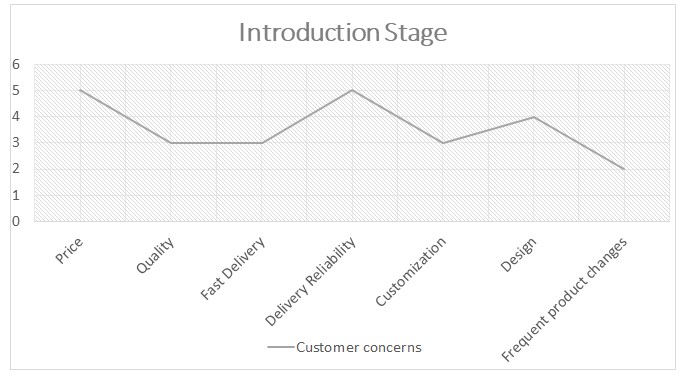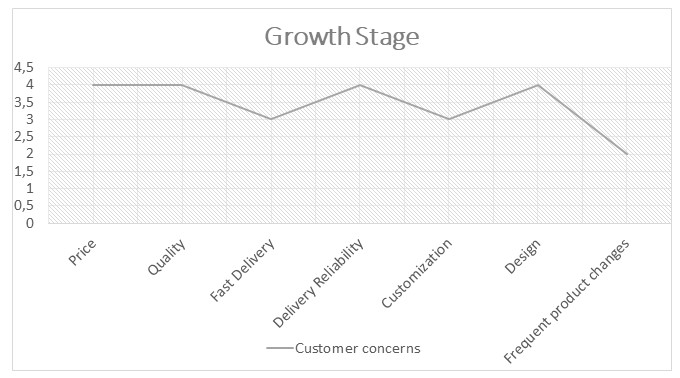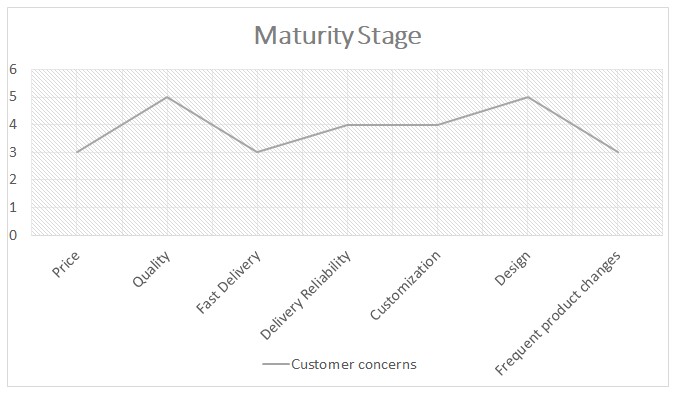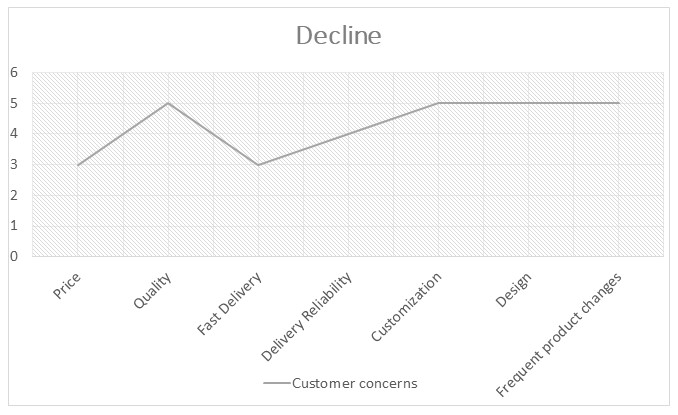What are Smart Offices?
The evolution of office spaces is the next logical step in improving the efficiency of workplaces. Although not too long ago smart buildings that could rearrange themselves from a computer console were nothing but images from science fiction, modern technology is perfectly capable of producing the same results. Smart offices would offer great advantages to businesses and companies due to their adaptability and efficiency, as they would be able to manage the available spaces much easier, in order to create the best working experience possible. Smart Offices present a business opportunity, as at this time there is no developed market segment ready to provide such services to customers. In accordance with the Blue Ocean business strategy, developing smart offices could secure a competitive advantage to the first companies willing to head this new, perspective venture. The purpose of this presentation is to provide a competitive profiling analysis during different life stages of the product, using Kano method and ethnography.
Introduction stage

When a product is first introduced into the marker, customer demands and expectations tend to be different from what they expect to see from a well-established product (Stages in the product life cycle 2017). Price is, of course, the primary concern – lower prices are more likely to attract customers, as the consequences for their “poor judgment” would not have the same impact. Although in the case with Smart Offices it is hard to reduce prices below the point when investing into the new technology could be considered “safe,” lower prices would still convince some customers to purchase, in order to reap the benefits from an early buy. Design and delivery reliability also play an important part in this scenario, since delivery reliability improves reputation, and attractive design lures customers.

In the growth stage of the product, the company is allowed to raise prices for its services to a certain degree, as their product is becoming more available and known in the market (Stages in the product life cycle 2017). Expectations for quality are increased now that the customers do not think that the project is going to fail. Customers are willing to pay for quality, so the price, although a major concern still, is not as much of a deal-breaker as it was before. Design still plays an important role in attracting customers.

During the maturity stage of the product, the price becomes an even lesser concern, as the product is already well-established and is considered a brand (Stages in the product life cycle 2017). Demand for quality, however, increases and becomes the primary concern, as customers are expecting nothing less from a famous and well-established brand. Design now plays a greater role than before, as competitors would likely try offering similar products at this stage. With Smart Offices, the company should reach the maturity stage relatively easy, as there is no vicious competitiveness during the introduction and growth stages of the product.

Although with Smart Offices just emerging, the decline is a stage unlikely to be reached due to the novelty of the concept, it is still possible, should the company make mistakes in its product promotion strategy, or if the market becomes overfilled with similar services (Stages in the product life cycle 2017). In such a situation, frequent product changes play the greatest role, as the company will have to come up with a radical innovation in order to keep the product afloat. In a way, it is similar to the introduction stage, as the company would require to reinvent itself to the market.
Blue Ocean Strategy Questions:
- What value dimensions can be neglected?
- Can the product be simplified?
- What key value features should be amplify and increase?
- What new features could add value (Value curves 2015)?
The core rule of economy is producing the best available product using the minimum amount of resources. As the graphs showed, the only value that remained consistent for all 4 stages of product development is the speed of delivery. This is due to the fact that building smart offices and buildings is not a speedy project. While speed is relatively important, it is not as important to the business like it is for, say, pizza delivery service. As such, this value dimension could be neglected.
At the introduction stage of product marketing, the product can be simplified, as it will need to deliver only the core features that it promises. Since Smart Offices would be a completely new product to arrive at the market, customers would not have anything to compare it with and would be satisfied with the amount of functionality it offers.
Depending on the product stage, different features should be amplified and increased – at the introduction stage it is simplicity and economy, that would allow offering attractive prices to the customer. During the decline phase, innovation and customization must be maximized in order to retain positions in the market.
In the case with Smart Offices, the ability to automatize the process to the maximum degree would add a great amount of value to the product, as it would create a space that can run itself and adjust itself to the necessities of the employees without any need for additional input. It would greatly save time and make the use of the systems more intuitive.
References
Smart offices: the future arriving at a workplace near you 2017. Web.
Stages in the product life cycle 2017. Web.
Value curves 2015. Web.
